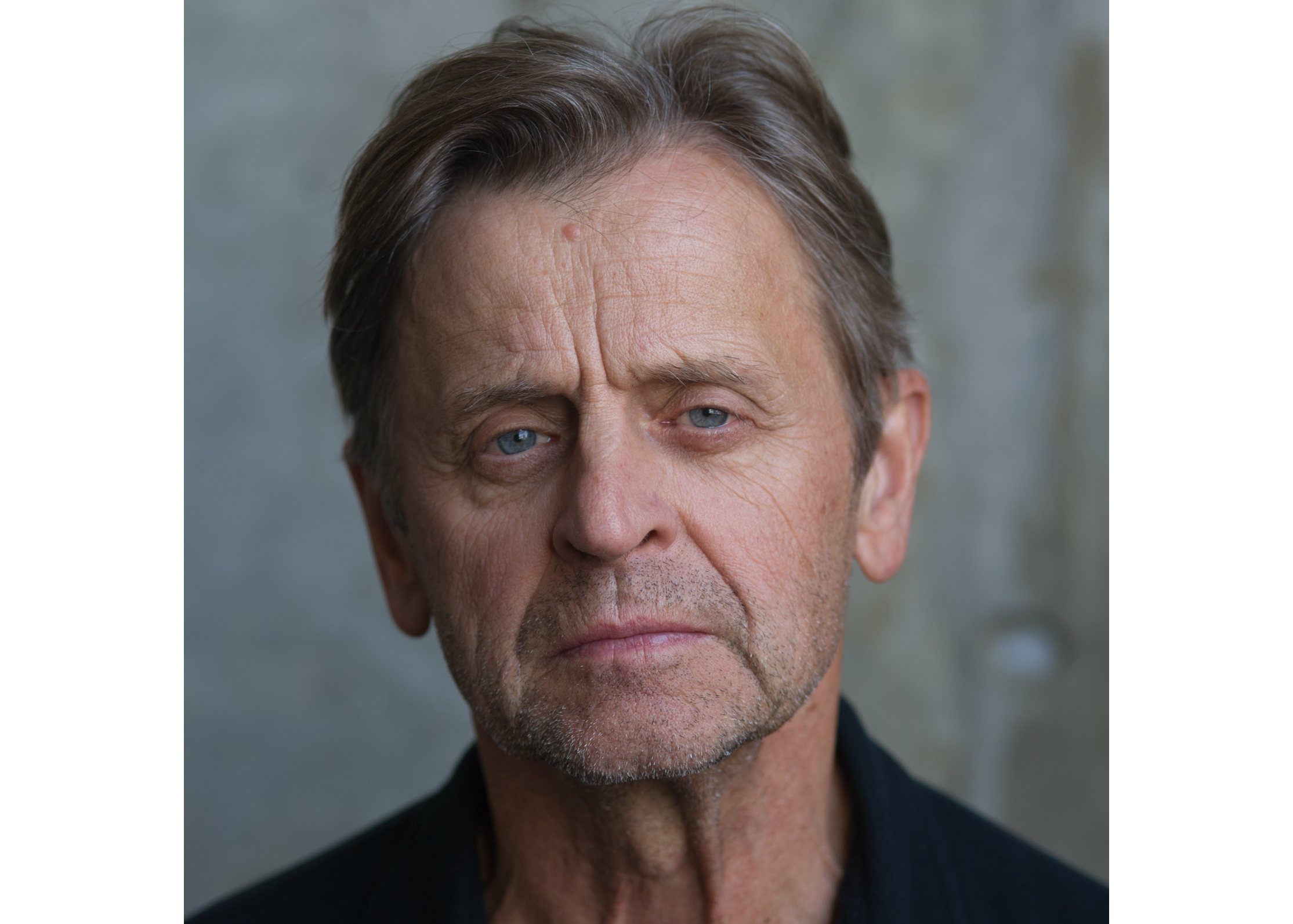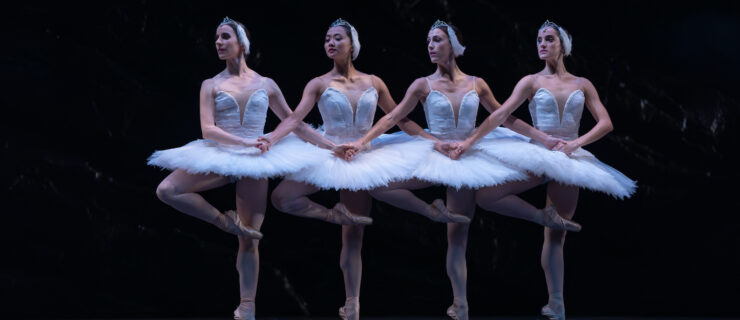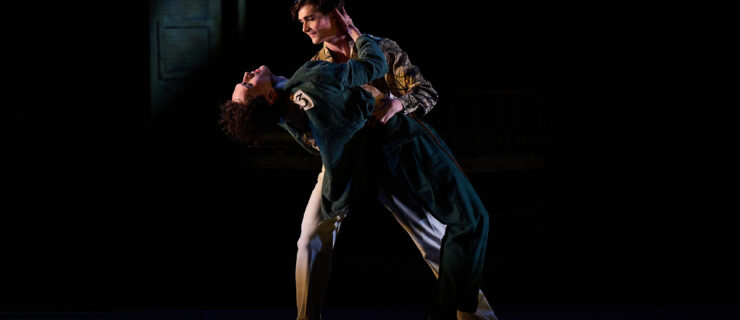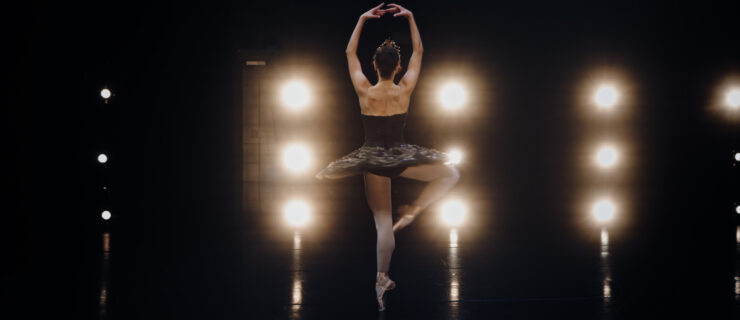“Be Persistent and Brave”: Mikhail Baryshnikov’s Advice for Finding One’s Artistry
Mikhail Baryshnikov, widely hailed as one of the world’s greatest ballet dancers, has earned his place in history not just for his artistry, but for his endless curiosity. After defecting from the Soviet Union in 1974, his exhilarating performances at New York City Ballet and American Ballet Theatre (which he also directed from 1980–89) electrified audiences and brought ballet into mainstream pop culture. But he has also branched out beyond ballet, into modern dance (co-founding the White Oak Dance Project), acting (in everything from films to “Sex and the City” to avant garde theater), and, since 2005, supporting multidisciplinary performing artists at his New York City–based Baryshnikov Arts Center. Now, many of the world’s major ballet stars follow his example by collaborating with modern and contemporary choreographers and exploring their own projects.
This week, the UK’s Royal Academy of Dance has announced that it will bestow Baryshnikov its highest honor, the Queen Elizabeth II Coronation Award, in recognition of his contributions to dance. The annual award was instituted in 1953 to celebrate the coronation of Queen Elizabeth II, who was patron of the international training organization. Previous winners—a glittering list of dance luminaries—include Rudolf Nureyev, Karen Kain, Kenneth MacMillan, Carlos Acosta and Frederick Ashton.
Baryshnikov will receive the award on November 16 from Her Majesty The Queen Consort, a longtime supporter of RAD, at a special ceremony at Buckingham Palace. “I am humbled to be included and especially honored to be counted alongside the many dear colleagues with whom I have had the privilege of collaborating,” he told Pointe in an exclusive interview over email. “It also feels especially poignant to receive the Coronation Award this year, as 2022 marked both Queen Elizabeth II’s Platinum Jubilee as well as her passing.”
In the interview, Baryshnikov, who is currently in Boston starring in a theatrical production of The Orchard (an adaptation of Anton Chekov’s 1903 The Cherry Orchard), shared his thoughts on the war in Ukraine, lessons learned during the pandemic and his advice for young dancers on finding their voice.
You’ve spoken out publicly against the Russian invasion of Ukraine and helped found the humanitarian organization True Russia to help support Ukrainian refugees. What is the role that art and artists can play in times of crisis? Have you felt encouraged by how the dance world has responded to the invasion so far?
Art heals wounds, even the deepest ones. Art can be our best friend in our most lonely hours and can give us hope in the worst moments. I have been astonished by the heroic response of artists in Ukraine, many of whom exchanged ballet shoes for army boots right at the beginning of the war. I had a brief correspondence with one of those dancers and told him he was my hero. He protested, saying he wasn’t a hero and that it’s the people of Ukraine who are the heroes. His answer, so immediate and so full of conviction, touched me deeply.
There’s also the inspirational choice of Bolshoi principal dancer Olga Smirnova to leave Russia in protest of the war. I saw her recently during the Fall for Dance [Festival] in New York and she said she simply couldn’t stay in such a country. She’s dancing with Dutch National Ballet and hopefully audiences will see her extraordinary artistry and support her brave choice.
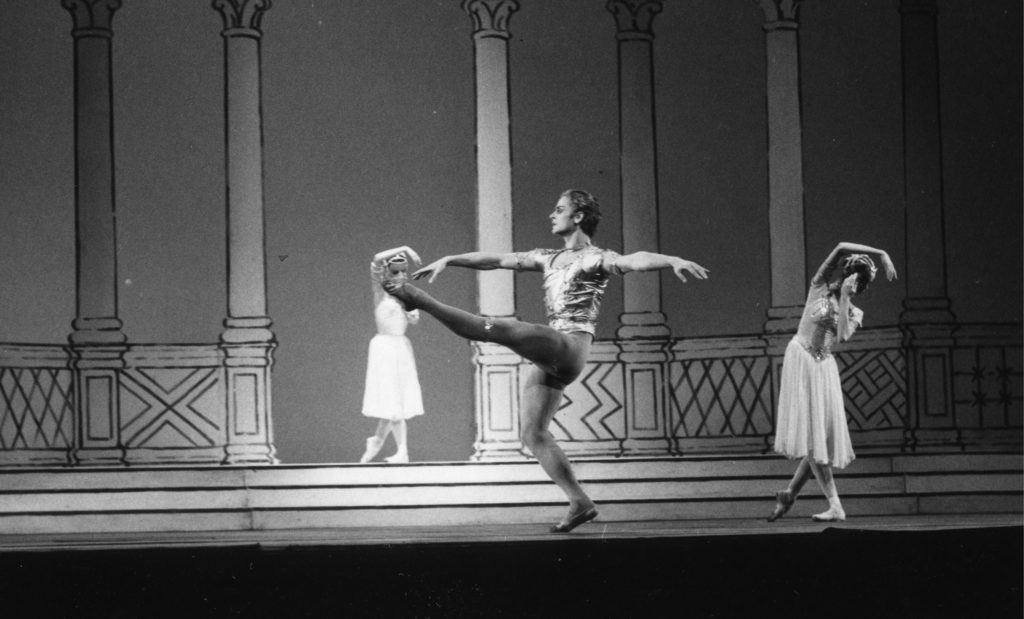
Are you concerned about the state of, or future of, ballet in both Ukraine and Russia due to the conflict?
I don’t want to speculate, but I do believe that after Ukraine is victorious, Ukrainian artists will feel invigorated and ready to restore the arts and its infrastructure to its previous standing. Ballet in a defeated Russia, however, will face a more complicated future; it will need to be entirely reborn and rebuilt from the ground up—figuratively and literally.
The Baryshnikov Arts Center recently turned 17. What have you learned about nurturing and supporting artists during this time?
We’ve reached a certain state of maturity, but there’s always more to learn. For example, during COVID we commissioned artists to create visual work to be streamed. This gave much needed employment to several artists and, as an unexpected bonus, increased BAC’s digital presence. So what was a difficult time for so many became a learning opportunity for us. Every year teaches us more about how best to help artists have a positive and productive experience at BAC.
So many dancers cite you as their inspiration. Who inspires you?
It’s a long list of artists that have inspired me over the years, and you accumulate memories like souvenirs tucked away in a suitcase, but whether I’m watching a milonga in Argentina, flamenco at a tablao in Spain, a presentation of classical Odissi dance in India, or impromptu street dance here in New York City, I am inspired everywhere I go, and not just by dancers. Choreographers, lighting designers, composers, musicians—all artists are sources of wonder if we pay attention.
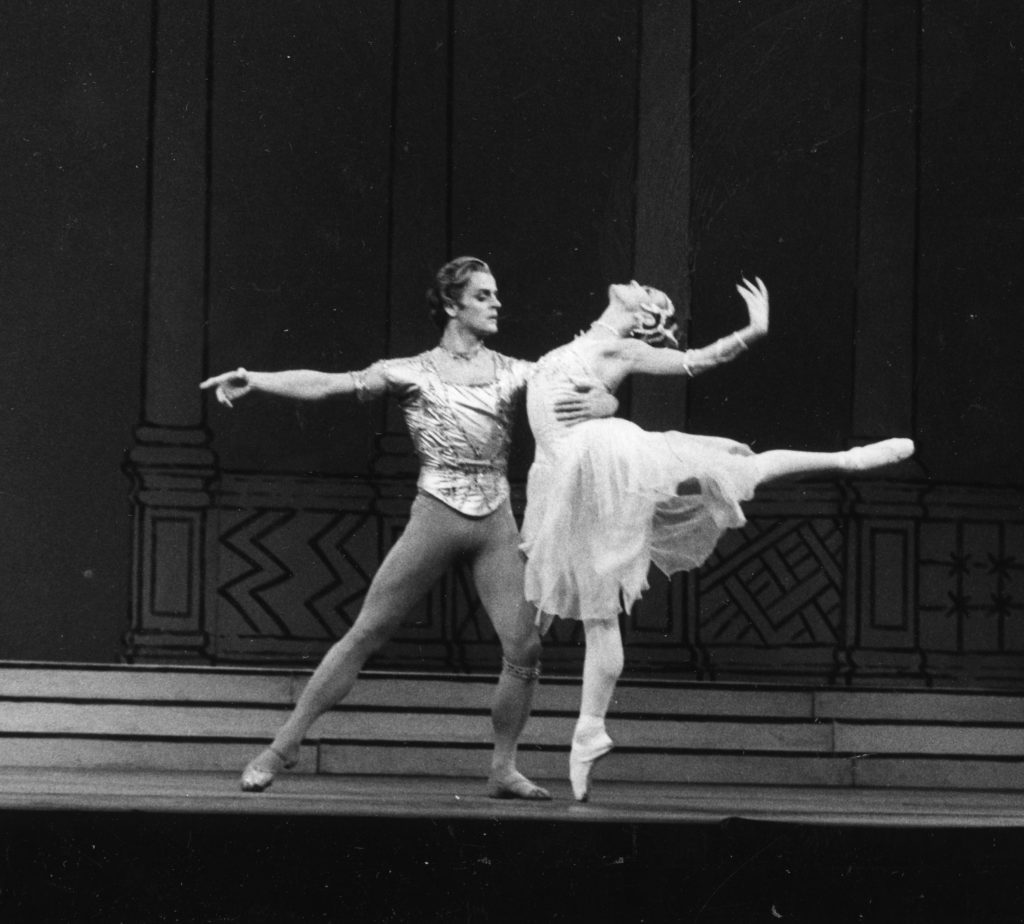
What are some important qualities for a dancer to aim for? For those who are still gaining experience, what is your advice for finding one’s artistry?
I’d say the most important thing for a dancer, besides mastering their technique, is to be persistent and brave when it comes to finding their own voice and style. This is hard to do in the short window that is a dancer’s career, but even while they absorb the wisdom of their teachers and coaches, and learn the proper way to execute any given movement, they need to dig inside themselves and make that movement their own. And, if there’s music, listen to it closely. It can be a great guide. If I had to summarize this process in one word: work.
What would you say to the dancer who’s looking ahead, to life beyond the stage, and perhaps feeling anxious about it?
There is valuable, good work out there waiting to be done. Some artists will cross the proscenium to become audience members—and that is an important role. Some will have the patience to teach and can make an immeasurable contribution by sharing their craft. And some will be inclined to transition into arts management, where their firsthand experience can be a valuable asset to a new generation of artists.
Drawing on all you’ve experienced in your life and career thus far, what advice would you share with your younger self?
Don’t waste your time. Keep learning. Study languages, literature, math, geography. Step outside of dance. Go to the opera. Learn to play an instrument. Try photography. Visit museums. Broaden your horizons and stretch your imagination. Become a student of the world.
